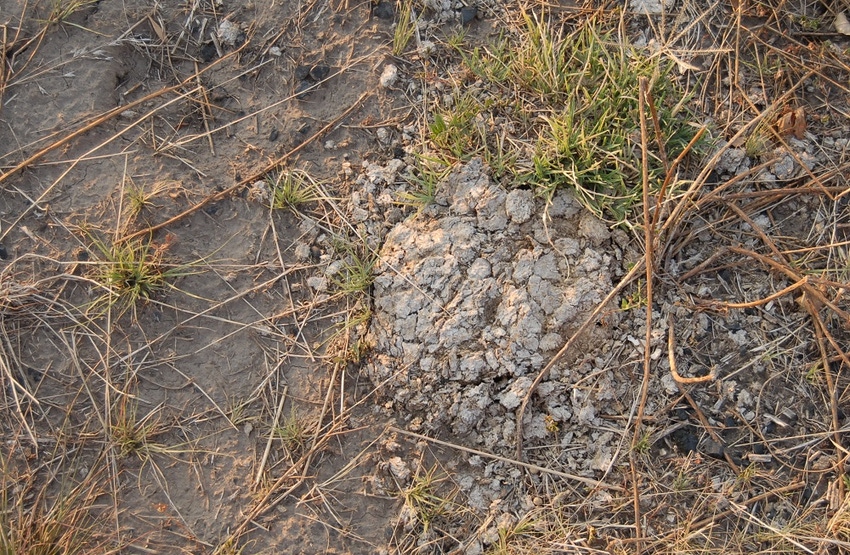
Droughts play a huge negative role in a large part of America’s cattle ranches, especially in 100% cow/calf operations.
Destocking and restocking seem to be the norm. High profitability on an annual basis is said to be unheard of. I’ve been told to stay away from the subject due to my location, but trying to straighten up my hard-headed outlaw ways does not last long. I’ve got dry weather opinions and here they go. My recommendations come from the natural model rules. I did not make up the laws; He did.
Webster defines drought as a “prolonged period or chronic shortage of moisture.” When springs stop running, creeks turn to pools of sand or mud, wet bogs are cracked six inches wide, ponds (pools, tanks, dugouts) stick cattle in the mud, and everything on top of the ground is brown and looks dead there is a drought brewing. From there on most management decisions tend to be reactionary.
Depending on location and the particular weather pattern, the scenario above might be a three-month or six-year event. In recent history we have seen 180-bushel corn crops taken out in less than six weeks in temperate, non-brittle country.
The psychological as well as economic effects of drought can be devastating. The damage to soil health and pastures and timber is real. Long-term dry patterns are the worst. The 90- to 150-day events on our side of the country likely do not compare with the near decade long happenings in the Southwest and high desert country of California.
Below is a list that should be worth study and review on a regular basis. Taking these rules into consideration before decision making would show wisdom. Remember that “the last man standing wins.”
Drought proofing factors:
Learn and know your locations and its weather patterns, soil, forage life, water sources and production capabilities and limitations.
Extensive ground cover with high-energy, C4 grass is an important plus. Bare ground is enemy No. 1.
Deep, high-organic-matter soils with a good amount of clay content is desired.
Large numbers of perennial, deep-rooted plants (C4) are a plus.
Large numbers of medium or shallow-rooted cool season (C3) plants are a minus.
Moisture-loving - plants are a minus if they make up more than 30% of the annual production.
Annual plants should be in the minority.
High-calcium (limestone), highly mineralized soils are a positive.
Grazing should come after complete plant recovery, preferably in high density
Near-zero tillage has many advantages.
Riparian zone differentiation. Grazing hillsides, tops and bottoms is altogether different and must be segregated.
The only place to catch rain is where it lands.
You can cushion the devastation of weather swings with water, mineral, energy and biological cycles that are highly functional in the soil.
Cattle operations that are built around the natural model do not have constant tonnage (stocking) requirements throughout the seasons, years or decade. But the variation needs to be in classes of cattle that are rather easy to market. Remember that younger, smaller animals are normally easier to sell.
I am not finished and will have some more drought thoughts and suggestions shortly. Stay tuned.
About the Author(s)
You May Also Like






